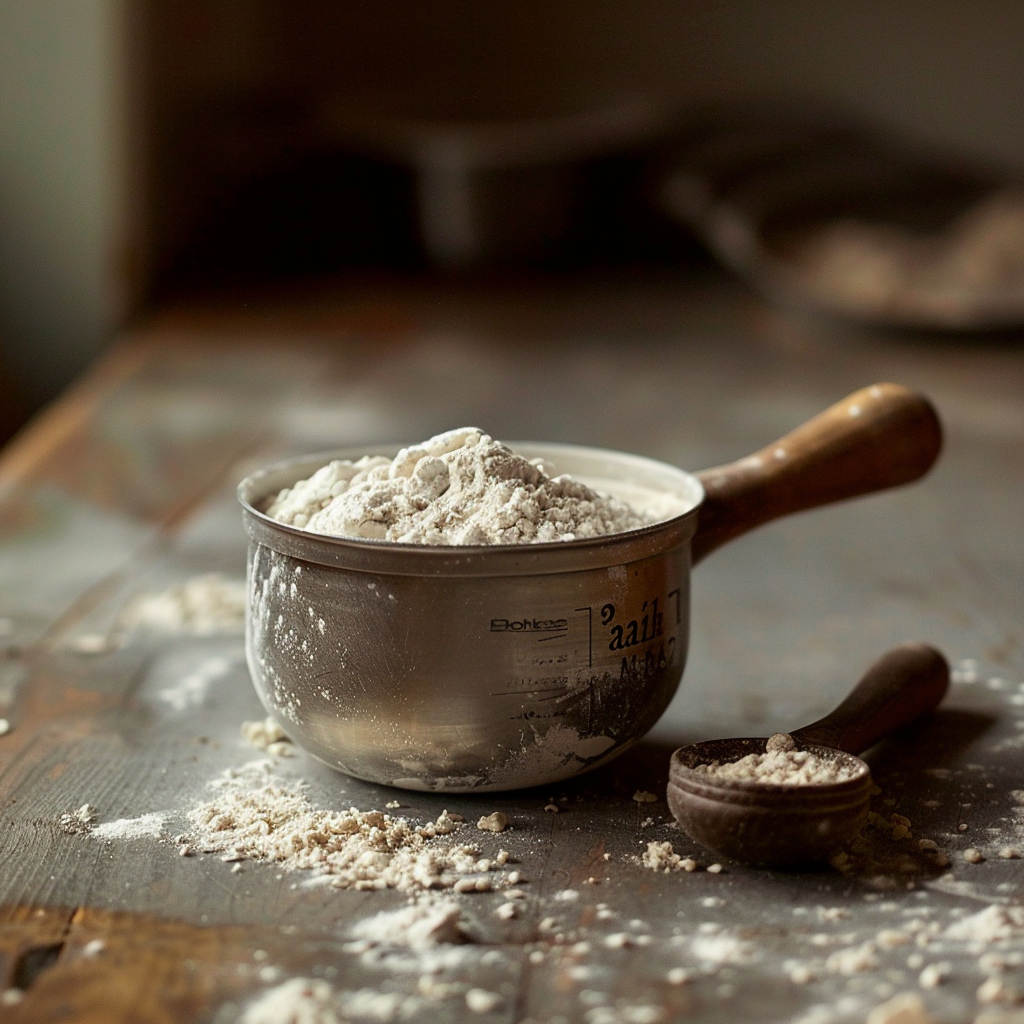Achieving baking perfection requires more than just throwing a cup of flour into the mixing bowl – precise measurement is key. In this article, we’ll explore the art of measuring flour, uncovering the techniques and tips that will ensure your baked goods turn out light, tender, and utterly delicious. Get ready to unlock the secrets of flour power and elevate your baking game to new heights!
Why Precise Measurement Matters: Before we delve into the how-to, let’s take a moment to understand why precise measurement of flour is essential in baking:
-
Consistency: Accurate measurement ensures consistency in your baked goods, helping to achieve the desired texture, rise, and flavor every time you bake.
-
Texture: Too much flour can result in dense, dry baked goods, while too little can lead to flat, soggy results. Precise measurement helps strike the perfect balance for light and tender treats.
-
Taste: Flour is the foundation of your baked goods, so getting the measurement right is crucial for achieving the optimal flavor profile in your recipes.
- How to Measure Flour: Now that we understand the importance of precise measurement, let’s explore the best methods for measuring flour:
-
Spoon and Level Method:
- Begin by fluffing the flour in its container using a spoon or scoop. This helps to aerate the flour and prevent it from becoming compacted.
- Use a spoon to gently scoop the flour into a dry measuring cup, filling it to overflowing.
- Use the back of a knife or flat edge of a spatula to level off the excess flour, creating a flat surface.
-
Dip and Sweep Method:
- Alternatively, you can dip the measuring cup directly into the flour container, filling it to overflowing.
- Use the back of a knife or flat edge of a spatula to sweep off the excess flour, leveling it off with the rim of the measuring cup.
Tips for Success:
- Use dry measuring cups specifically designed for measuring dry ingredients like flour. Avoid using liquid measuring cups, as they can lead to inaccurate measurements.
- Avoid compacting the flour into the measuring cup, as this can lead to too much flour being packed into the cup and result in dry, dense baked goods.
- For the most accurate results, consider using a kitchen scale to weigh your flour. One cup of all-purpose flour typically weighs about 120-125 grams.
Mastering the art of measuring flour is a foundational skill that will set you on the path to baking success. By employing the proper techniques and taking care to measure accurately, you’ll ensure that your baked goods turn out light, tender, and utterly delicious every time. So, the next time you embark on a baking adventure, remember the power of precise measurement – your taste buds will thank you!
